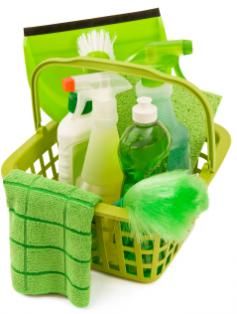Key Takeaways
- The crystalline substance found in most disposable diapers is sodium polyacrylate, a chemical absorbent used in the super absorbent layer.
- Sodium polyacrylate can absorb 200 to 300 times its weight in tap water, transforming it into a gooey gel to keep the diaper surface dry.
- While sodium polyacrylate is effective at absorbing moisture, there are concerns about its safety and the potential risks of placing it next to a child's skin, sparking debates about the use of disposable diapers.
The crystals are probably coming from the "super absorbent layer" found in most disposable diapers. This layer consists of paper fluff and a chemical absorbent called sodium polyacrylate. Sodium polyacrylate is an amazing water absorber -- it can absorb 200 to 300 times its weight in tap water (even more if the water is distilled) and hold it in a gooey gel.
Sodium polyacrylate is a polymer, meaning that it consists of chains of identical units (monomers). The monomer for sodium polyacrylate is:
Advertisement
It is a pretty cool polymer -- shake the crystals out of a new diaper (or buy the crystals at a garden center) and add water to them. Pretty amazing!
There is concern in certain circles about the use of sodium polyacrylate next to a child's skin. The concern is often used as an argument against disposable diapers. This diaper page talks about the issue briefly and will give you a sense of what people are concerned about.
Advertisement

